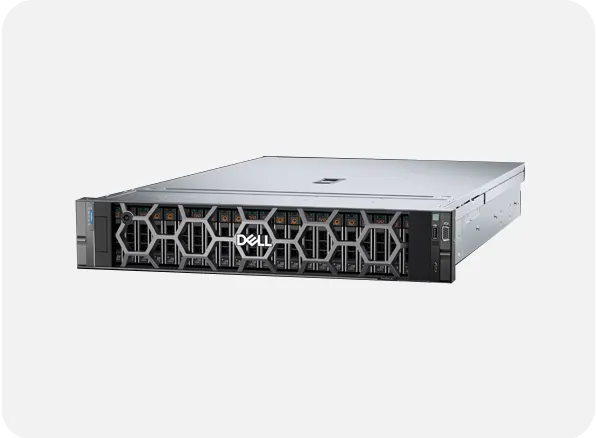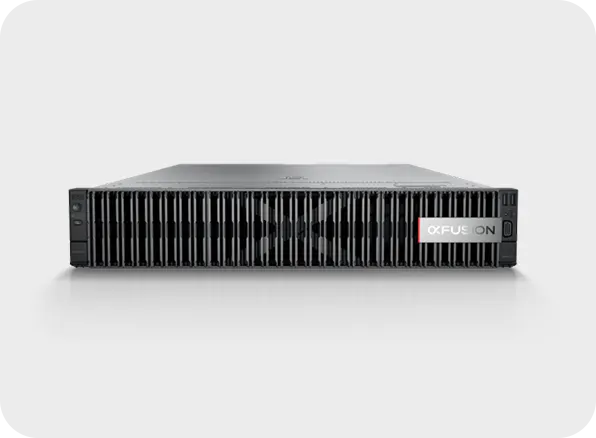Quick Comparison of Dell PowerEdge R760 Rack Server vs FusionServer 2288H V7 Rack Server at a Glance
The server comparison table provides a quick overview of the key specifications and key features for Dell PowerEdge R760 Rack Server and FusionServer 2288H V7 Rack Server Let’s take a look at the comparison table below.
| Features | ||
|---|---|---|
| Server Type / Form Factor |
|
- |
| Processor (CPU) |
|
Up to 2 × 4th/5th-gen Intel Xeon Scalable CPUs; TDP up to 385 W |
| Memory (RAM) |
|
|
| Storage |
|
Supports up to 28 × NVMe U.2, 45 × SAS/SATA, or 32 × E-series SSDs. Includes dual M.2 boot slots |
| Expansion / Connectivity |
|
- |
| Redundancy & Reliability |
|
Dual hot-swap PSUs (900 W–3000 W, Platinum/Titanium); Quad hot-swap fan modules (N+1); EVAC cooling, AI memory fault healing |
| Operating System Support |
|
|
| Security Features |
|
TPM 2.0, secure boot, chassis intrusion alerts, password protection |
| Management & Monitoring |
|
iBMC with Redfish, IPMI 2.0, SNMP; FusionDirector lifecycle management; Remote KVM/HTML5, firmware update, monitoring |
| Warranty & Support |
|
|
| Server Type/Form Factor | - | 2U rack server, dual-socket, high-density design |
| Expansion/Connectivity | - | 17 × PCIe 5.0 standard slots; 2 × FlexIO/OCP 3.0 NIC slots (up to 400 Gb/s networking); Supports GPU acceleration |

